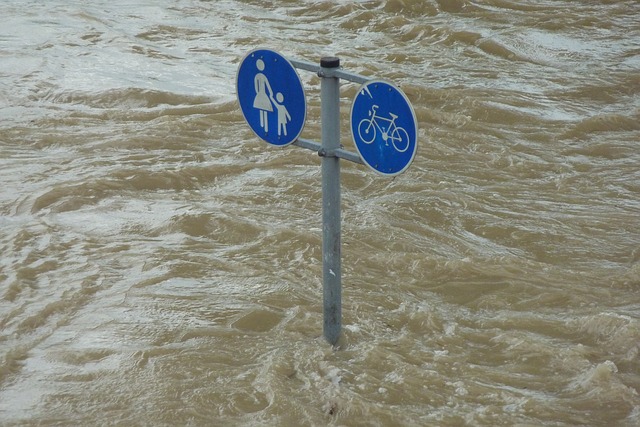
Flooding and Drinking Water
During heavy rainfall or flooding, local drinking water quality can be affected, and it may be advisable to avoid using tap water. In extreme cases, overflowing sewage systems may release various pollutants.
In August / September 2020, for example, heavy rain in Avegno (Ticino) prompted Alertswiss to issue a warning: do not use the tap water for drinking, cooking, or washing. (SRF, 30.08.2020)
How Contaminants Enter Drinking Water
Bacteria, nitrates (e.g. from manure), and other substances may be washed from the surface into rivers and groundwater. These pollutants can persist and only appear in the drinking water supply weeks or months later. Often, elevated pathogen levels are detected in rivers about a month after heavy rain—and in groundwater after up to two months.
Infant Health and Nitrates
Nitrates can convert into nitrosamines in the bodies of infants and small children—substances that may be carcinogenic. For older children and adults, dietary nitrate intake is generally not considered a health risk. (Swiss Association for Gas and Water)
Other Contaminants
It's not only pathogens or organic matter that get flushed into the water supply. Pesticides and herbicides are also often present in increased concentrations after heavy rainfall or floods.
Scientific Evidence
Health Risks After Flooding
Most commonly, gastrointestinal illnesses are reported. However, Legionella outbreaks may also occur. In some regions, floods can also increase the concentration of heavy metals in drinking water.
You can find professional water analyses for Legionella, bacteria, and heavy metals here.
✔ Heavy metals and pollutants
✔ For general drinking water, softeners
✔ Heavy metals and contaminants
✔ Separate bacteria test recommended
✔ Heavy metals and contaminants
✔ Separate bacteria test recommended
✔ Focus on bacterial contamination
✔ For general drinking water, softeners
✔ 12 common pharmaceuticals
✔ e.g., diclofenac, ibuprofen
✔ Most common pesticides
✔ Glyphosate separate analysis
✔ E. coli, coliform bacteria
✔ Enterococci
✔ Commonly used pesticide
✔ Possibly carcinogenic
✔ 20 common PFAS chemicals
✔ Per- and polyfluorinated alkyl substances
✔ 100 Test strips
✔ For general drinking water, water softeners






